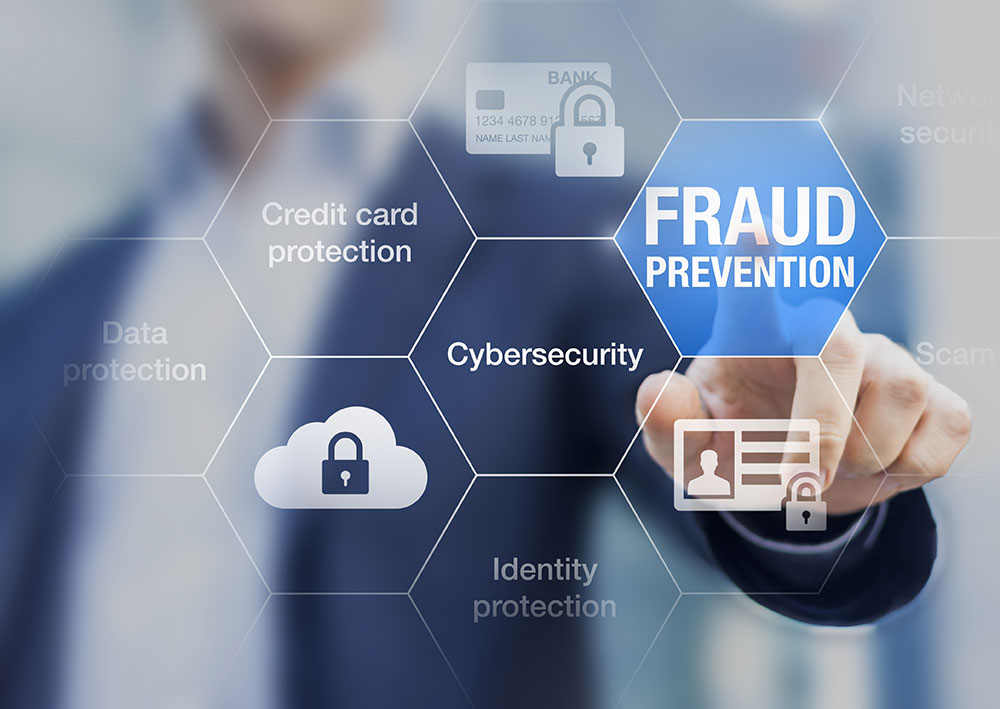On the Offensive – Preventing Business Identity Theft

It’s been estimated that $56 billion was lost to identity fraud in 2020. This makes it extremely important for you to take steps now to protect yourself, your employees, and your business in the future. Here are some of the questions you may have regarding business identity theft and what you can do to make sure you don’t become a victim.
What is Business Identity Theft?
You may be familiar with personal identity theft, but what does business identity theft entail? Business identity can involve the employees or the business itself. In most cases, it means that a person is impersonating a business without consent. They can then turn around and collect payments on your behalf, file taxes, gain personal information about your customers, and more.
How Does Business Identity Theft Happen?
There are several ways that a fraudster can get intel on your business. Some of the most common ways include:
- Fake invoices — With this method, a fraudster will create a fake/duplicate invoice that appears to be from a legitimate service so you’re essentially paying twice.
- Phishing emails — Fraudsters can create emails that look like a legitimate source, even from your own business, that ask employees to take an action, such as clicking on a malicious link.
- Tax filing — With this method, a fraudster will file taxes on behalf of your business and will take the tax refund for themselves. This can lead to you not being able to file your taxes and/or having to go through an audit.
What Are the Signs of Business Identity Theft?
- You can’t file taxes or claim an extension because a return was already filed using your EIN
- Tax documents don’t match what you have
- The address of your business was changed and you stop receiving letters
- Unauthorized withdrawals from company accounts
- Unexpected IRS audit
- Credit score drops without explanation
What Should I Do if My Business Becomes the Victim of Identity Theft?
As soon as you suspect that your business may be the victim of identity theft, report it immediately. You can do this easily online by visiting the IRS Identity Theft page and filling out a 14039-B form.
How Can I Protect My Business?
- Educate employees — The more knowledgeable and prepared your employees are, the less likely they are to fall for a scam. Provide training so all of your employees know what to look for.
- Strong, secure passwords — The more secure your network is, the less likely you are to become a victim. Require employees to use strong passwords to access sensitive information.
- Check credit report — Checking your credit report frequently and knowing what it should contain can help you notice irregularities promptly. As soon as you notice something wrong, make sure you report it right away. The sooner you can do this, the better.
- Keep books up-to-date — We all know this isn’t the most fun part of the job, but similar to a credit report, the more familiar you are with your books, the easier it will be to recognize when something suspicious happens.
Vigilance Helps Us All
As an organization that does business with many other entities, we can each protect ourselves by being good custodians of sensitive data. For example, Regions | EnerBank USA is a part of the FDIC. This means we carefully safeguard contractor and homeowner information, so you can feel safe and secure. Identity theft can spread like wildfire, quickly impacting many businesses and individuals — and as we each do our part to protect against it, we help all of us to breathe a little easier.
Blog Archives
No posts for Feb, 2025




